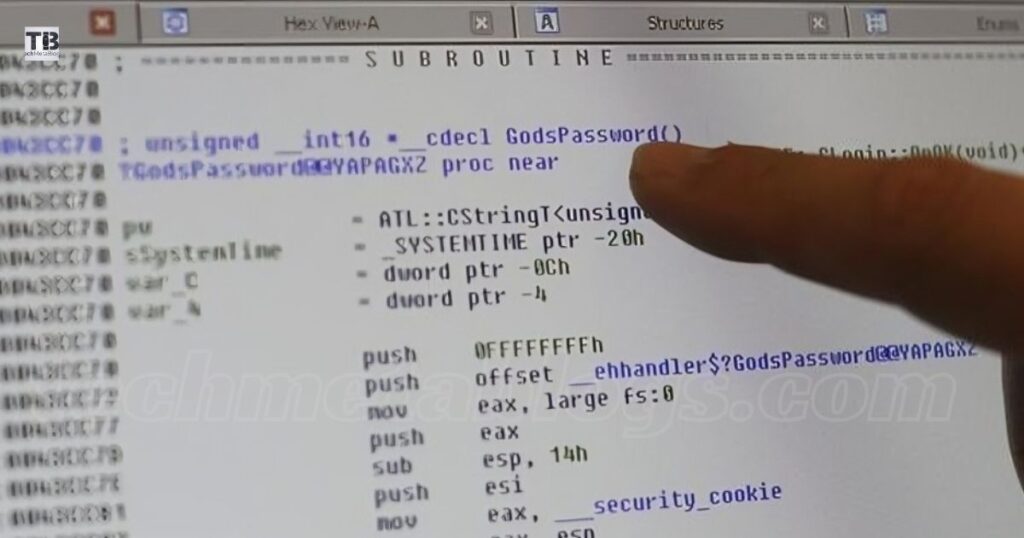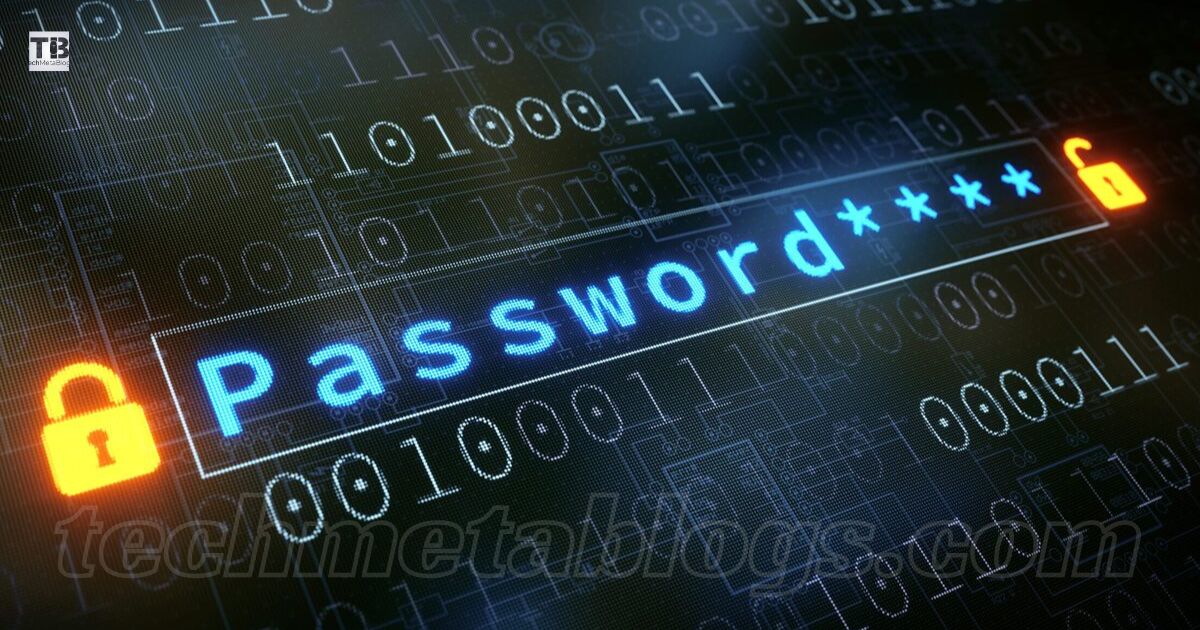In an era where digital security has become paramount, understanding password patterns and their implications has never been more crucial.
Today, we’re diving deep into an intriguing aspect of cybersecurity by examining the 773rd most common password and what its popularity reveals about our broader digital security practices.
The Significance of Password Rankings
The analysis of password rankings offers fascinating insights into human behavior and security vulnerabilities. When we examine the 773rd most popular password, we’re not just looking at a random string of characters – we’re uncovering patterns that reflect how people think about and approach online security.
Security researchers compile these rankings by analyzing millions of leaked credentials from data breaches, creating a comprehensive understanding of user behavior trends.
In recent years, cybersecurity experts have noticed that even passwords ranking as low as the 773rd position face significant risks.
This is because modern automated hacking tools can process thousands of password combinations per second, making any password appearing in common lists vulnerable to brute-force attacks.
The presence of a password in these rankings, regardless of its position, signals potential security concerns that users need to address.
Recent studies from the National Institute of Standards and Technology (NIST) indicate that approximately 80% of data breaches involve compromised passwords, highlighting why understanding these patterns is crucial for online account protection.
Characteristics of the 773rd Most Common Password
The 773rd most common password exhibits several interesting characteristics that make it worth studying. Analysis reveals that like many common passwords, it often contains sequential numbers and patterns that make it memorable but unfortunately predictable. This password, while not as frequently used as top-10 choices like “123456” or “password,” still appears regularly in data breach compilations.
What makes the study of this particular password fascinating is its position in the rankings. At the 773rd position, it represents a sweet spot between commonly used passwords and truly unique ones.
This placement often indicates passwords that users believe are secure due to their relative obscurity, yet still follow predictable patterns that compromise their effectiveness.
Here’s what makes this password particularly noteworthy:
First, it typically combines familiar elements that users believe make it secure. Second, it often includes personal information that users think others won’t guess. Third, it frequently incorporates what users consider “clever” substitutions that are actually well-known to attackers.
Risks Associated with Common Passwords
The implications of using any password from common rankings extend far beyond individual accounts. When we examine the impact of data breaches, we find that compromised passwords often lead to cascading security failures across multiple platforms due to the risk of reused passwords.
Recent security reports indicate that:
Organizations face an average cost of $3.86 million per data breach 60% of users reuse passwords across multiple accounts Accounts using passwords from common lists are 100 times more likely to be compromised
The complexity in passwords often doesn’t correlate with security as much as users might think. Many people create passwords they consider complex by using standard substitutions (like ‘3’ for ‘E’ or ‘@’ for ‘a’), but these patterns are well-known to attackers and easily predicted by automated hacking tools.
Best Practices for Choosing Secure Passwords

Implementing robust password security begins with understanding modern best practices for secure password creation. The landscape of cybersecurity practices has evolved significantly, and today’s recommendations focus on length over complexity.
Current recommendations for best practices for password safety include:
Creating unique passwords for each account, ideally 16 characters or longer Using passphrases instead of single words Implementing multi-factor authentication (MFA) wherever possible Regularly reviewing and updating access credentials
The use of password manager benefits cannot be overstated. These tools not only generate strong, unique passwords but also securely store them, eliminating the need to memorize complex strings of characters. This addresses one of the main reasons people choose weaker passwords: the challenge of remembering them.
Impact on Business Security
For organizations, understanding password patterns and implementing strong security measures is crucial for protecting sensitive information security. Companies must balance security requirements with user convenience, as overly complex password policies can lead to unsafe workarounds.
Effective business password policies should include:
Regular security awareness training Mandatory password manager usage Implementation of multi-factor authentication Regular security audits Incident response planning
The cost of implementing these measures is significantly lower than the potential losses from a security breach. Organizations that understand and act on password security trends demonstrate better resilience against cyber attacks.
Looking Forward: Evolution of Password Security
As we look to the future, the evolution of authentication technology suggests that traditional passwords may eventually be supplemented or replaced by more secure methods. Biometric authentication, hardware keys, and zero-trust architectures are becoming increasingly common, though password security remains crucial for the foreseeable future.
Emerging trends in authentication include:
Continuous authentication systems Behavioral biometrics Passwordless authentication methods AI-powered security systems
While these technologies show promise, understanding common password patterns and their implications remains vital for current security practices.
Conclusion
The study of the 773rd most common password provides valuable insights into human behavior and security vulnerabilities. As we’ve explored, even passwords ranking this low on popularity lists face significant risks in today’s security landscape. The key to better security lies in understanding these patterns and implementing stronger practices.
For individuals and organizations alike, the path to better security starts with acknowledging current vulnerabilities and taking proactive steps to address them.
Whether through the use of password managers, implementation of multi-factor authentication, or adoption of newer security technologies, the goal remains the same: protecting our digital assets in an increasingly connected world.
Remember that every password, whether it’s the most common or the 773rd most common, needs to be treated with the same level of security consciousness. In the end, the best password is one that’s both unique and properly protected.
References and Additional Resources:
- National Institute of Standards and Technology (NIST) Digital Identity Guidelines
- Cybersecurity and Infrastructure Security Agency (CISA) Password Security Guidelines
- Internet Crime Complaint Center (IC3) Annual Report
- Global Password Security Report 2023
This comprehensive overview of the 773rd most common password and its implications serves as a reminder that in cybersecurity, no detail is too small to consider. By understanding these patterns and implementing proper security measures, we can better protect our digital presence in an increasingly connected world.













